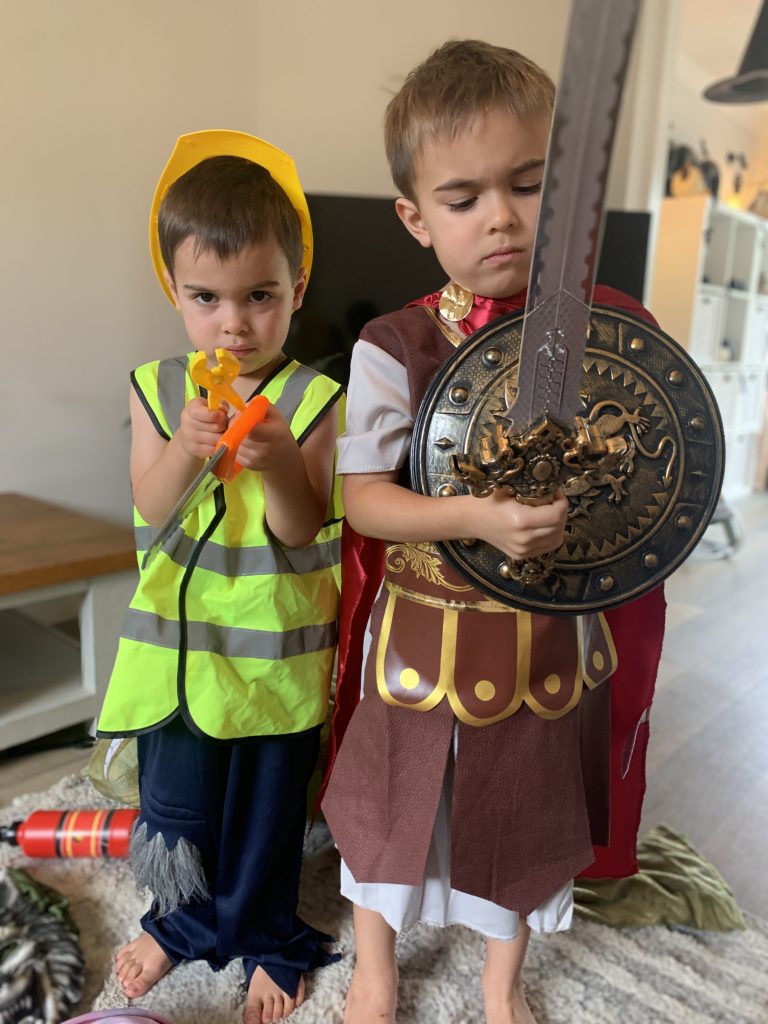Our way of managing tantrums – By Sophie David, Little Happy Learners
Having three kids under five you can bet that we have experienced our fair share of toddler tantrums. We have been through some rough months, where tantrums have happened 3/4 times a day and we’ve been so out of our depth that we end up joining them in their tantrum.
It’s taken a while for us to feel like we really know how we can support our children in their neediest of moments. It’s taken time, research and a lot of love, but I now feel like we know what works for us.
What works for us, may not work for you. (My goodness the number of blogs I have read and rolled my eyes at over the years). I won’t be offended if this is one of those for you but here’s a few of our little nuggets we have learnt over the last 4 years – hopefully they might help you like they have helped us!

Firstly, find out what triggers the tantrums. Is there a pattern? Is there a specific time of day that your little one finds difficult? Once you have worked this out you can begin to put things in place to support those emotions.
By tracking and making note of my son’s tantrums, we were able to work out that his triggers were nearly always tiredness and hunger. Therefore, transitional times in the day were always hard for him – specifically the witching hour before dinner and bath time.
A simple change to our routine meant that we could try to alleviate some of his stress around that time – I would try to prep dinner during the day so that I could limit the amount of cooking time during his ‘emotional window’ and/or I would involve him in cooking dinner – children love a responsibility.
That said, tantrums CAN NOT be avoided. Your toddler has tantrums because they are developing. Tantrums are natural and healthy. So, whatever you do you will never be able to avoid them all together.
So, what do we do when our little ones are having a tantrum?

We try to follow these three steps: Acknowledge, Comfort, Talk.
Acknowledge – It is important to acknowledge how your child is feeling for example: “Oh, you are feeling really sad. I understand that you are feeling sad, I would feel sad too if I broke my tower. It’s frustrating, isn’t it?” We always try to put ourselves in their shoes. If you had just ruined something you had been working really hard on, you would feel really frustrated too!
Comfort – Often, they just need to feel loved and secure in that moment. Sometimes and some children might turn down a hug or comfort until they are ready, others will seek the comfort straight away. It’s important to be available for comfort at this point.
Talk – Talking about their feelings and their actions should always happen AFTER the tantrum has finished and your child is relaxed and calm. Think of your child’s tantrum as a mountain. They begin their tantrum at the foot of the mountain, when they’re angry (screaming/ crying) they are at the peak of the mountain, you have to let them get to the bottom of that mountain before talking to them.
During this talk it’s really important not to tell your child what they did was wrong. However, you can model what they could have done instead. For example, “Hey, you know when your tower fell down, you could have just asked mummy/daddy to help you build it back up. We’re here to help.” This gives them a way that they can manage that anger next time without telling what they did was wrong.
Sharing
Having siblings is the best right? Well, sometimes, it’s not! Especially when you don’t want to share your special toy. We have a few rules around sharing in our house but one of them is that we don’t have to give a toy up every time someone else wants it. Yep, that’s right. We don’t always have to share (well not straight away).
How would you feel if you just sat down, you’ve got a cup of tea in your hand, you’ve just picked up a book, you’re just about to read the first page and someone comes over and says, “Can I have it?” Well, that is exactly how it must feel for children. Then imagine someone saying, “Oh, just give it to them, be kind, share.”
So, with that in mind, in our house our rule is… you can have a turn when I’ve finished with it.
For example, this is how that might look.
“I want that now.” Mum – “How can you ask for it politely?”
“Please may I have a turn?”
“When I have finished, you can have a turn.”
Mum will then set a gentle reminder to the other – “Remember he/she is waiting to have a turn.”
9 times out of 10 it works. The other 1 time – well sometimes siblings’ snatch.
So, there you have it, our tried and tested approach to managing toddler tantrums. If all else fails and they catch you on a bad day (it happens to the best of us) then mid tantrum, yes in the middle of all their screaming and shouting, go grab a piece of chocolate for yourself. I always find it helps me to keep calm and regroup. Chocolate solves EVERYTHING.

